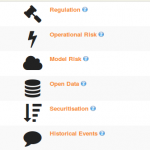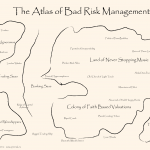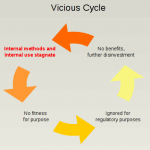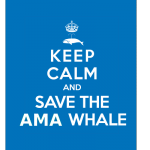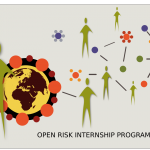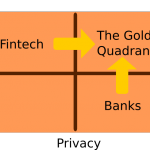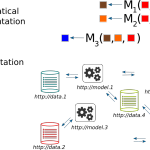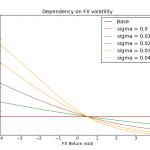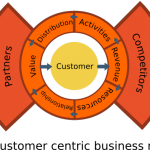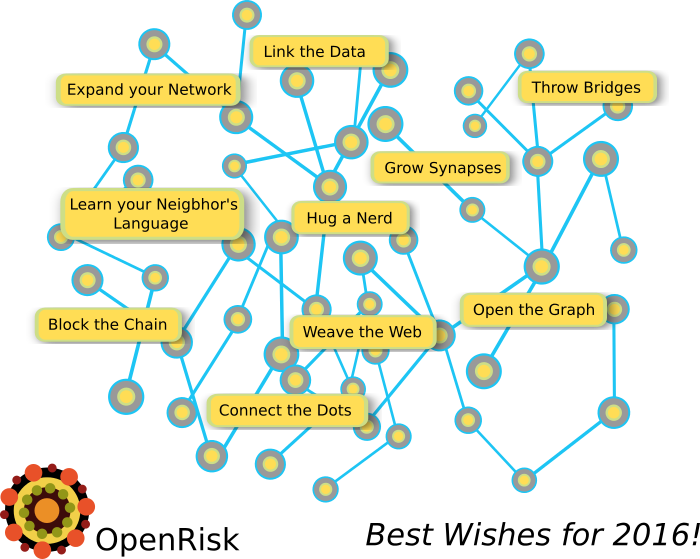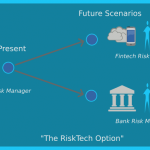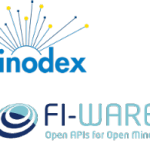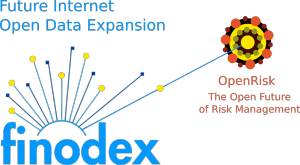What can Inka Quipus teach us about data management
If, as it is most probable, you are a typical person, chances are that your knowledge of ancient Peruvian culture is a bit rusty!
Maybe you have some vague high-school memories of an extensive but somewhat “backward” empire (as seen by the then European peoples) that was conquered and then asset-stripped by a handful of aggressive Spanish conquistadors.
Or maybe your best preserved memory is the excitement of reading von Daniken’s rampant speculations about the Nazca lines and ancient extraterrestrial spaceports. But unless it happened that at some point later in life you heard about the work of Prof. Urton and his collaborators, most likely you have no idea what an Incan Quipu is (see image).



